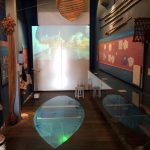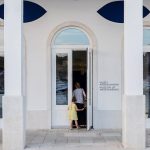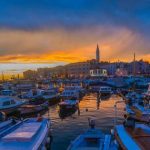Apart from countless museums, galleries and historic sites that make up a major part of the cultural offer in Croatia, there are certain parts of our local heritage that are often ignored or haven’t yet been presented in an attractive way. In recent years there’s been a surge of projects aiming to interpret Croatian cultural heritage in innovative ways, and we bring you a list of five great examples on how to turn an overlooked or otherwise mundane subject into a spectacular attraction worthy of sharing with the world.
1) Museum of Apoxyomenos in Mali Lošinj
The story of Apoxyomenos, the ancient Greek statue discovered at the bottom of the sea near the island of Lošinj, has been well-known for a very long time. After it was decided to put Apoxyomenos on permanent display in the Kvarner Palace in Mali Lošinj, the statue was long exhibited in the Archaeological museum in Zagreb, waiting for its future home to be renovated and adapted to a new purpose. How to create a background for a single sculpture using the space of an entire building?
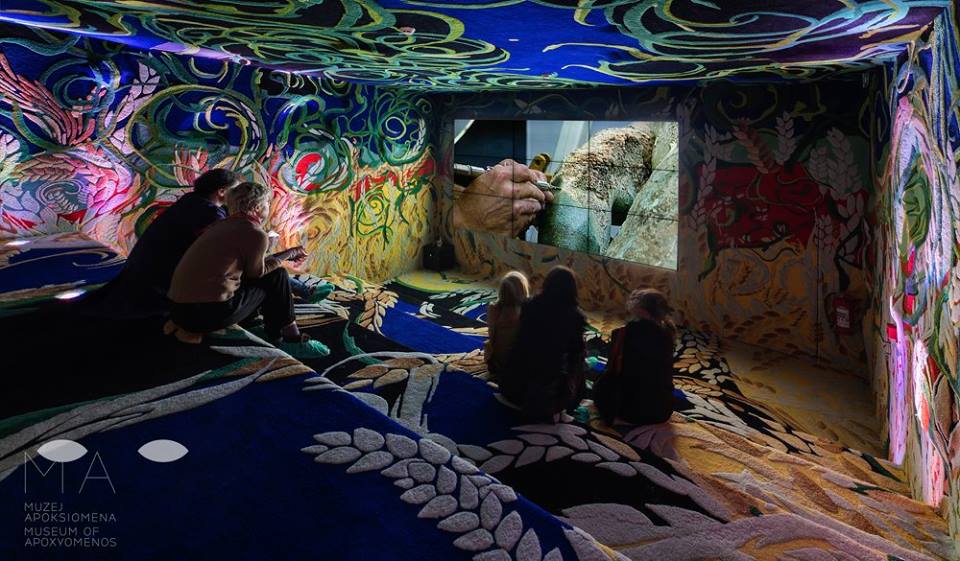
The facade of the existing edifice was not to be modified in any way, leaving it to architects Saša Randić and Idis Turato to focus on the interior. The layout was completely restructured and devised as a series of spaces that serve as a narrative, both providing information and leading the visitors from the entrance to the final chamber where the statue is on display. The brilliance of this concept is hard to put into words and needs to be experienced in person – all chambers drastically differ in design, yet alternate seamlessly, each one making you more eager to see what comes next.
The fact that the front of the building gives no sign of what awaits inside only adds to the experience; where you expect a typical gallery space, you find a mind-boggling array of spaces showering you with colours, textures, images and sounds. Just as you start thinking you’ll end up with a sensory overload, you find yourself in front of Apoxyomenos – no colour, no sound, just a quiet encounter with the star of the story. A masterpiece of architecture and design, the Museum of Apoxyomenos is a unique example of how much can be achieved with one single object when you leave it to a group of talented professionals to create a sensational context around a piece of local history.
2) The Routes of the Frankopans, Primorje-Gorski kotar County
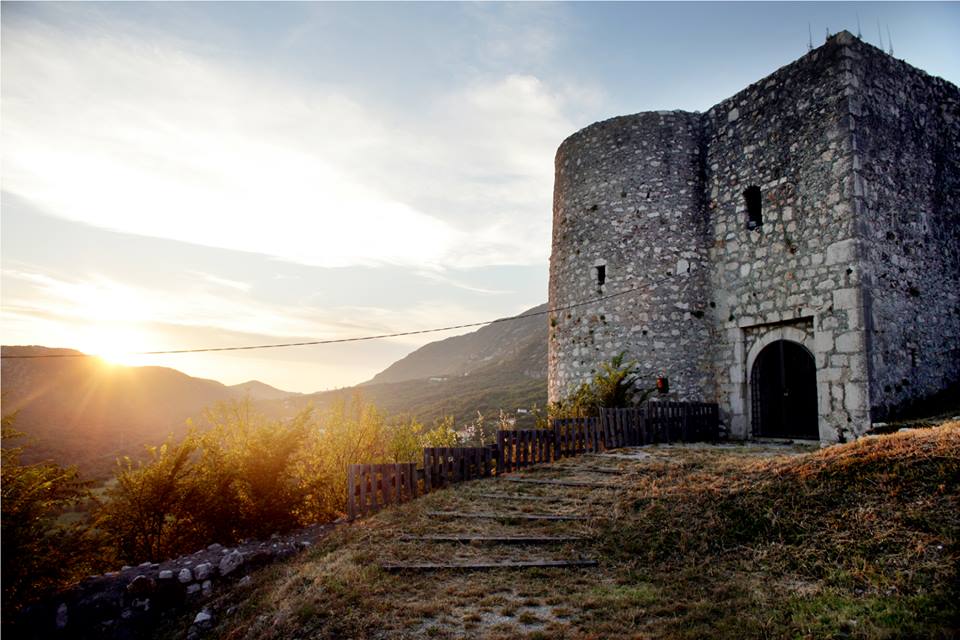
The Routes of the Frankopans (Putovima Frankopana) is an ingenious project aiming to restore, protect and revitalize the heritage left behind by the aristocratic Frankopan family that resided in Croatia from the 12th to the 17th century. There are 17 castles and 3 sacral buildings to be explored, laid out along a route covering a significant part of Kvarner and Gorski kotar.
The starting point is found in the Nova Kraljevica castle which includes a visitor’s centre situated in the western tower, a perfect place for costumed storytelling events and educational programmes. The adjacent hall is home to an exhibition that explains the route and tells the history of the Frankopans, created in form of an interactive installation appealing to adults and children alike. The Kraljevica castle itself would suffice as a great destination for a day trip – imagine all the wonders that await throughout the entire route.
The project manifest claims this network of cultural locations was conceived with the goal of encouraging the economic prosperity of micro-environments, as well as profiling a cultural-tourist offer that would be available throughout the year. The official website is a rich source of information, including upcoming events related to particular locations along the route; users are also provided with a free app containing the entire itinerary and specifics on each estate. The project was funded by Primorje-Gorski kotar County and the European Union as part of the IPA Adriatic Cross-border Cooperation Programme from 2007 to 2013, thus striving to put the Frankopan route on the European cultural map and to promote the Adriatic cultural heritage on the international market.
3) Ivana’s House of Fairy Tales in Ogulin
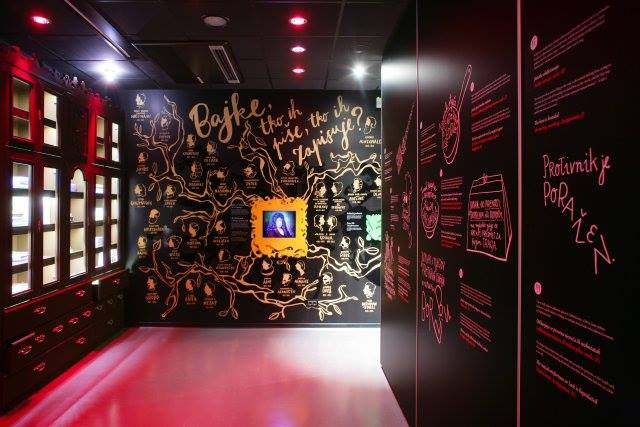
Ivana’s House of Fairy Tales (Ivanina kuća bajke) takes its name after Ivana Brlić-Mažuranić, a beloved Croatian writer whose legacy this place aims to promote. The house is located in Ogulin and is designed as an interactive visitor’s centre consisting of a multimedia exhibition, a library, a workshop space and a souvenir shop. The fairy tales written by Brlić-Mažuranić are presented in a vibrant engaging way, using a combination of new technologies, film, fine arts and performance arts.
Ivana’s House is mostly aimed at children, but is sure to be enjoyed by adults as well. The magical experience starts with a walk through the Magic Forest, continues into the Enchanted Castle Hallways where fairy tales are explored using an interactive wall installation, then turns to a Fireplace, a corner for relaxing and listening to stories on a Fairy-Tale Jukebox. We grew up reading and listening to Brlić-Mažuranić’s stories and a visit to this place equals a trip down the memory lane, making us locals almost jealous that tourists get to hear the fairy tales for the first time.
The centre is part of a larger project called “The Homeland of Fairy Tales” that was conceived to promote the city of Ogulin and its surroundings as a cultural destination that has to offer both wonderful scenery and valuable literary heritage. By presenting something as simple as fairy-tales in a way that’s attractive both to locals and foreigners, the project managed to turn the often-overlooked town into a tourist attraction.
4) The Batana Eco-Museum in Rovinj
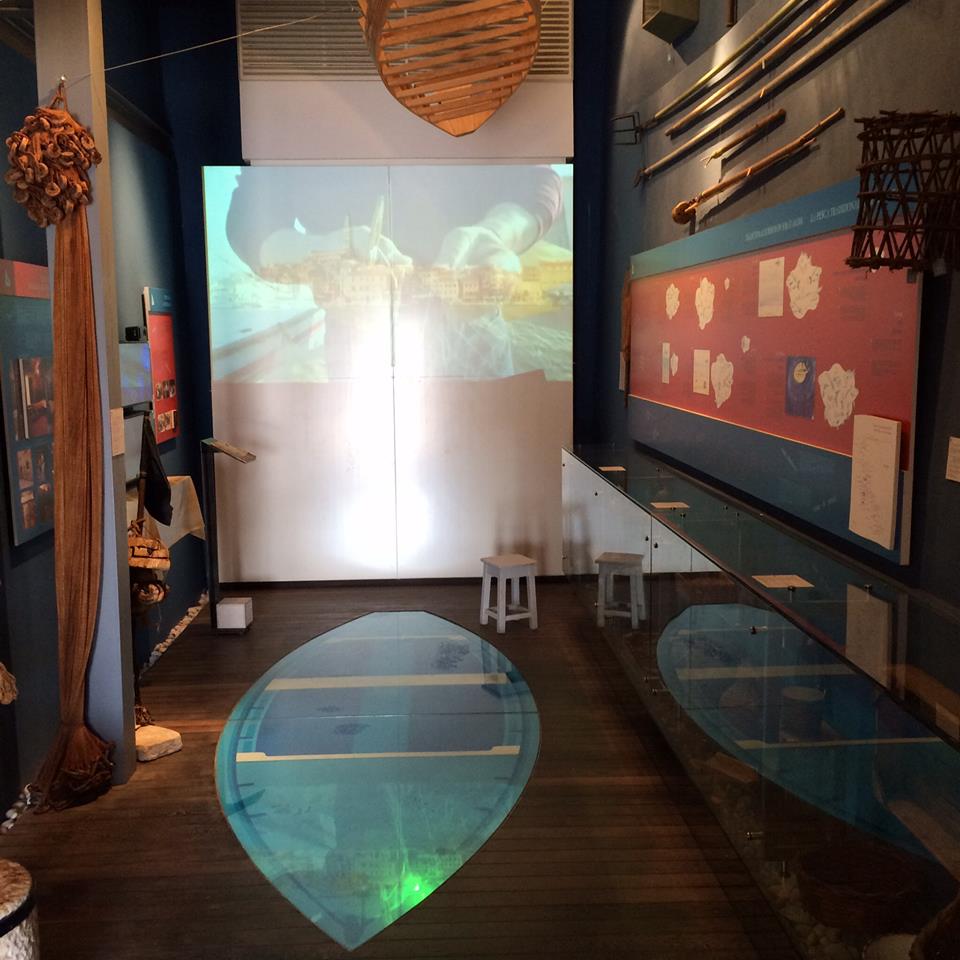
The Batana Eco-Museum is dedicated to a traditional wooden vessel known as batana in the local dialect. Following the desire to showcase this important fragment of indigenous history in the heart of town, the permanent exhibition was placed in a typical 17th-century town house in the centre of Rovinj. Laid out in three gallery spaces on two floors and presented as an array of photographs, drawings, films and slide projections, the exhibition guides the visitors through the process of traditional shipbuilding using the example of the two-month long construction of the batana boat called Oûn rìgno (Kingdom). The story is available in three languages: Croatian, Italian, and a local Rovinj dialect, while the basic information is provided on leaflets in English in German as well.
The exhibition is accompanied by special programmes such as fishing net repairing demonstration by a local fisherman Giordano Banich, as well as guided tours in multiple languages given by the members of the local community whose lives were marked by batana boats. In order to preserve batanas as local heritage, the Eco-Museum collaborated with Town of Rovinj on a project of building five new boats from 2004 to the present day. In December 2016, the Batana Eco-Museum was incorporated into the UNESCO Register for Good Safeguarding Practices of Intangible Cultural Heritage, highlighting the importance of this initiative for revitalizing a unique traditional craft.
5) Memorial Center “Nikola Tesla” in Smiljan
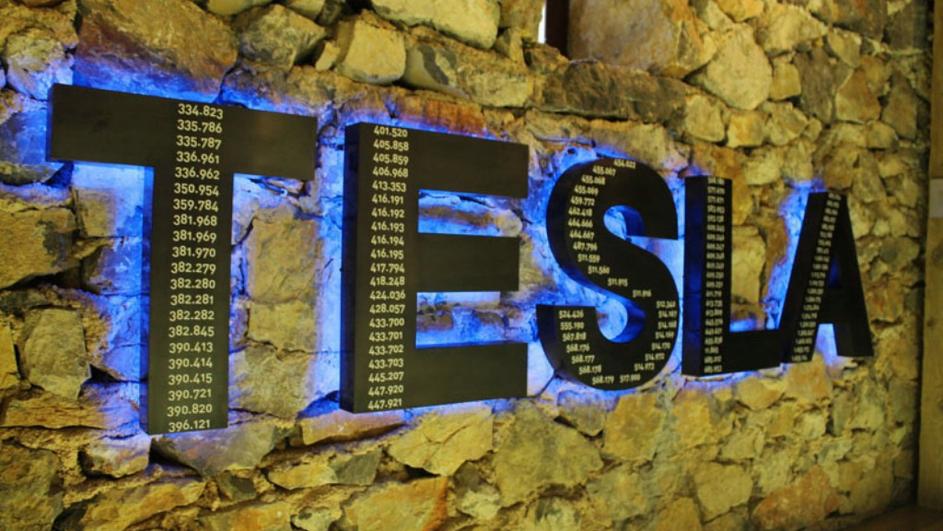
Dedicated to one of the best-known individuals originating from Croatia, the Memorial Center “Nikola Tesla” is located in the village of Smiljan near Gospić in Lika, the birthplace of the genius inventor. The memorial center title, even though technically accurate, doesn’t paint a clear picture of what awaits beyond the gates – once you take the whole route through the estate, you’ll always refer to the experience as visiting the Tesla Amusement Park.
The center was opened in 2006, marking the 150th anniversary of Nikola Tesla’s birth. Instead of limiting the potential of the project to a conventional exhibition, it was decided to create a multi-functional park where visitors of all ages could get equally immersed into the story of Tesla’s life, work and legacy. The institution includes Tesla’s childhood home that nowadays houses documentary materials, the small church of St.Peter and Paul, and the adjacent graveyard along with multiple monuments. The existing structures are accompanied by contemporary additions such as the auditorium for educational lectures, a multimedia center and a replica of the Tesla Experimental Station from Colorado Springs, the latest being the most attractive feature that enables visitors to participate in testing procedures. A personal favourite is the playground, where instead of regular swing sets and slides you’ll find innovative didactic structures intended both for play and learning about the principles of physics. When I say learning, I mean learning the hard way; the playground is fun, captivating, and easy to underestimate if you’re not a physics person. Do not leave children unattended.



